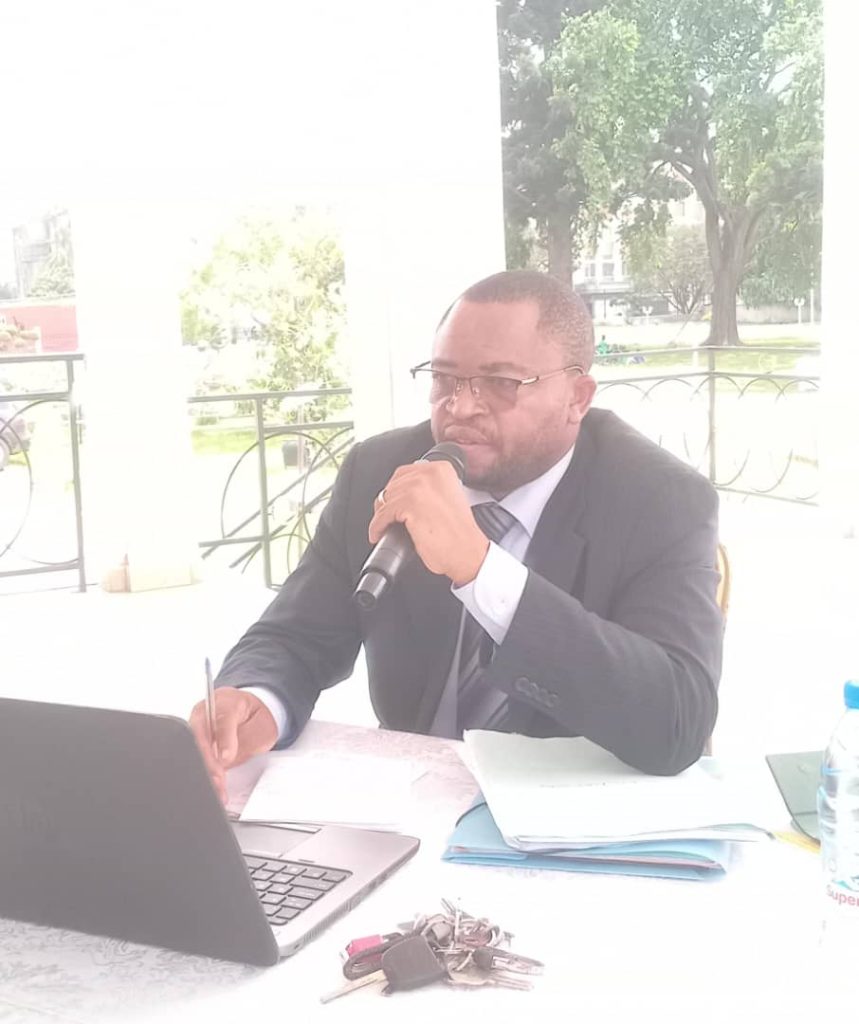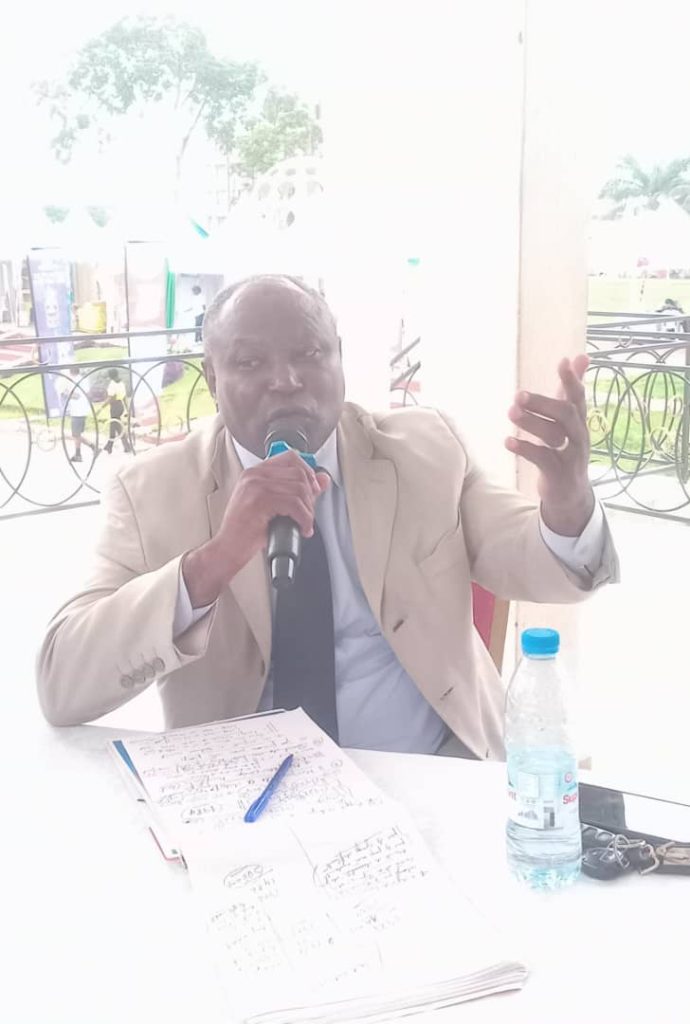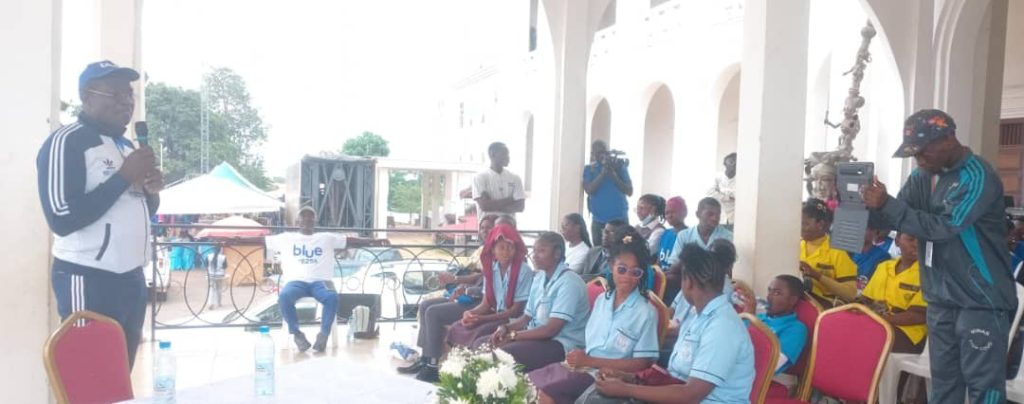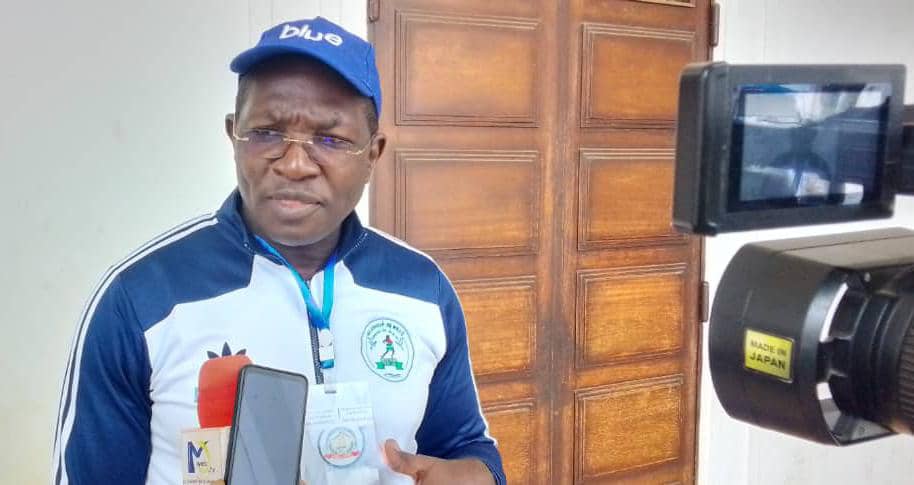✨ 53rd edition of the festival nationale🇨🇲
✍ Day of commemoration of the history of the march towards the Unity of Cameroon
Esplanade of the Yaoundé National Museum

A day to commemorate the history of the march towards the unity of Cameroon.
What is it all about?
Now that the 53rd National Day is upon us, it’s important for all generations to stop and take a look in the rear-view mirror, to magnify the road travelled, the actions taken and the emblematic figures who have left their mark on the country’s history.
It’s a duty to remember that inspires admiration, but above all it raises questions for the future.
First stop 👇🏾👇🏾👇🏾
Act I Conference Debate
Theme History of the march towards unity from 1960 to 1972
A presentation by Pr Chritophe SIGNE
He retraced the key dates in the history of Cameroon during this precise period. The march towards Unity
But first he mentioned the beginnings of this unity, in particular the activism of ex-soldiers from the 2nd World War, the political parties, the student and popular movements that led Cameroon to independence in 1960.

A little history; Key dates ✍🏾😉
On 1 January 1960, French Cameroon gained independence under the name of Republic of Cameroon with Ahmadou Ahidjo as President. On 11 February 1961, the UN organised a referendum in British Cameroon which ruled out full independence for the territory and offered voters two options: independence by attachment to Cameroon or independence by attachment to Nigeria. The northern part of the territory chose to join Nigeria, while the southern part chose to join Cameroon.
Finally, in 1961, the English- and French-speaking entities succeeded in this process of uniting peoples and nations.
The reunification of Cameroon took place on 1 October 1961, when Southern Cameroon, the southern part of British Cameroon, joined the Republic of Cameroon, formerly under French mandate, to form the Federal Republic of Cameroon, which in 1972 became the United Republic of Cameroon and, since 1984, the Republic of Cameroon.

The Civil and Military Parade
Following this brief historical overview, Sylvain BENGONO, Regional Delegate for Youth and Civic Education at the Centre, spoke about the ways in which national unity is celebrated through parades.
The civil and military parade is a means of magnifying a country’s sovereignty. It is a form of demonstration of strength and power.
It is celebrated with fast and solemnity through patriotic songs, cadenced steps and other symbols of authority.
It’s also a time when the forces of life come together to magnify the differences that unite them. It’s a time to showcase skills and ambitions and aspirations for prosperity.
The army shows off its military might by displaying part of its arsenal to the world.
Far from being a chore, the parade is a civic duty,” he concludes.
The parade, far from being a chore, is a civic duty,” he concludes.

Acts II
Honouring the deserving
The commemoration of the march towards unity was also marked by a “match des incollables” and a quiz, the main aim of which was to share key moments in our history. It was important for young people to learn about our deep history. The games and issues that have shaped this journey, which has not been an easy one. Through a question-and-answer game on national unity and integration, the young people demonstrated their knowledge of key dates, places, people and events.
Dr Bienvenu HABIT, Head of the Cooperation and Statistics Division at MINJEC, explained.

Seniors and young people over the age of 18 leave with phones and sims from partner CAMTEL.

Interview with Dr Bienvenu HABIT, DCOS
👇🏾🎙️


About the author